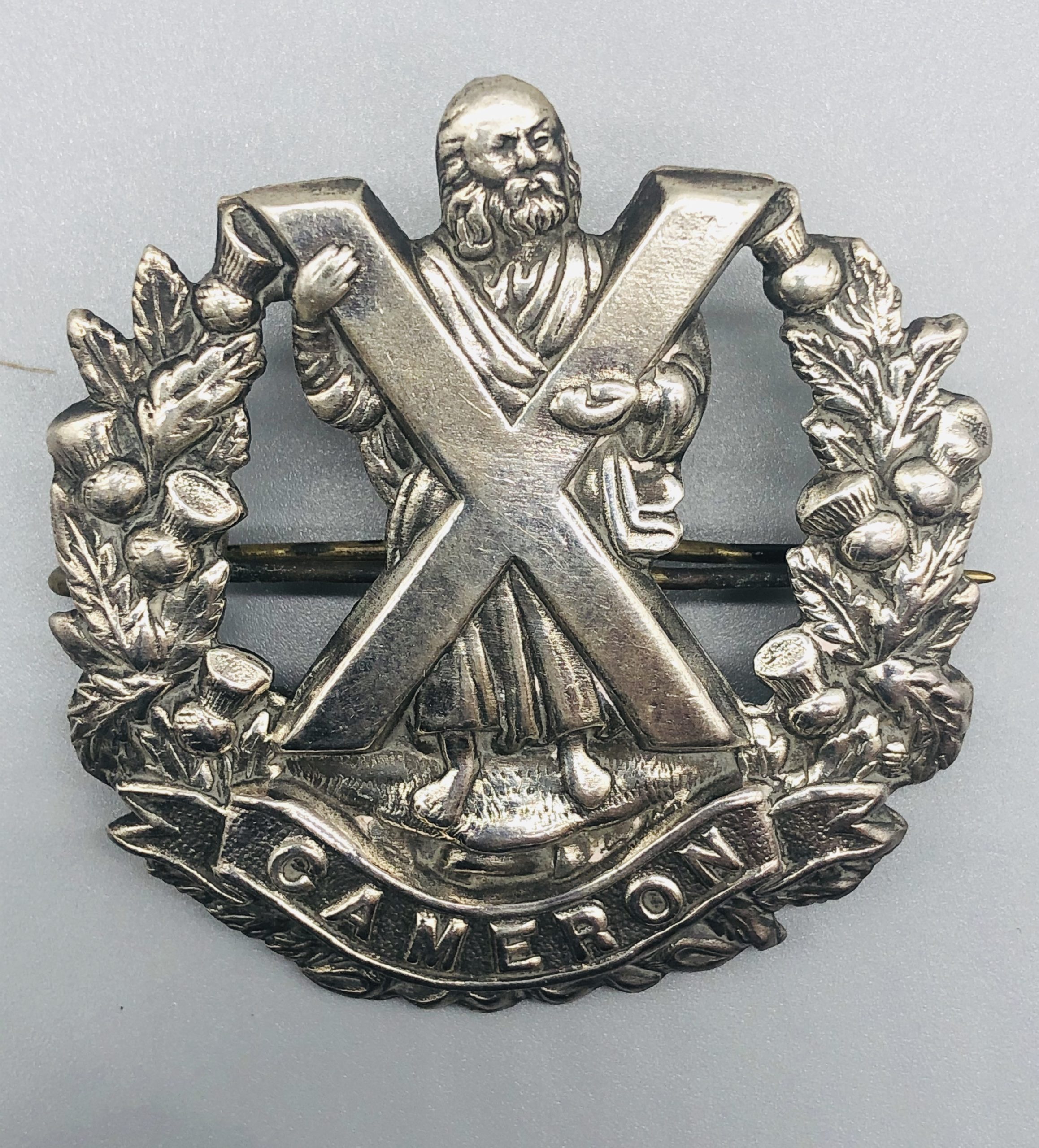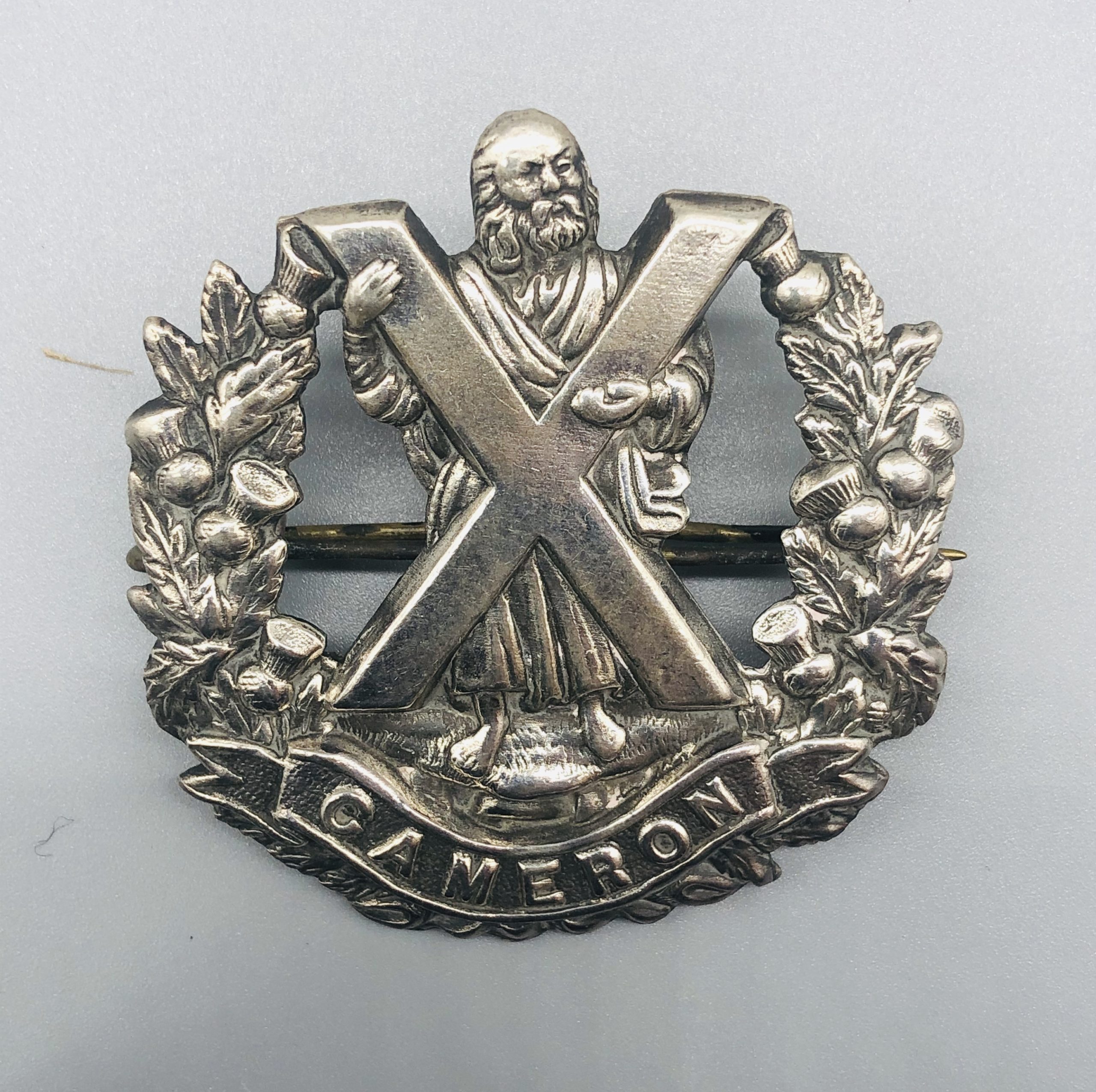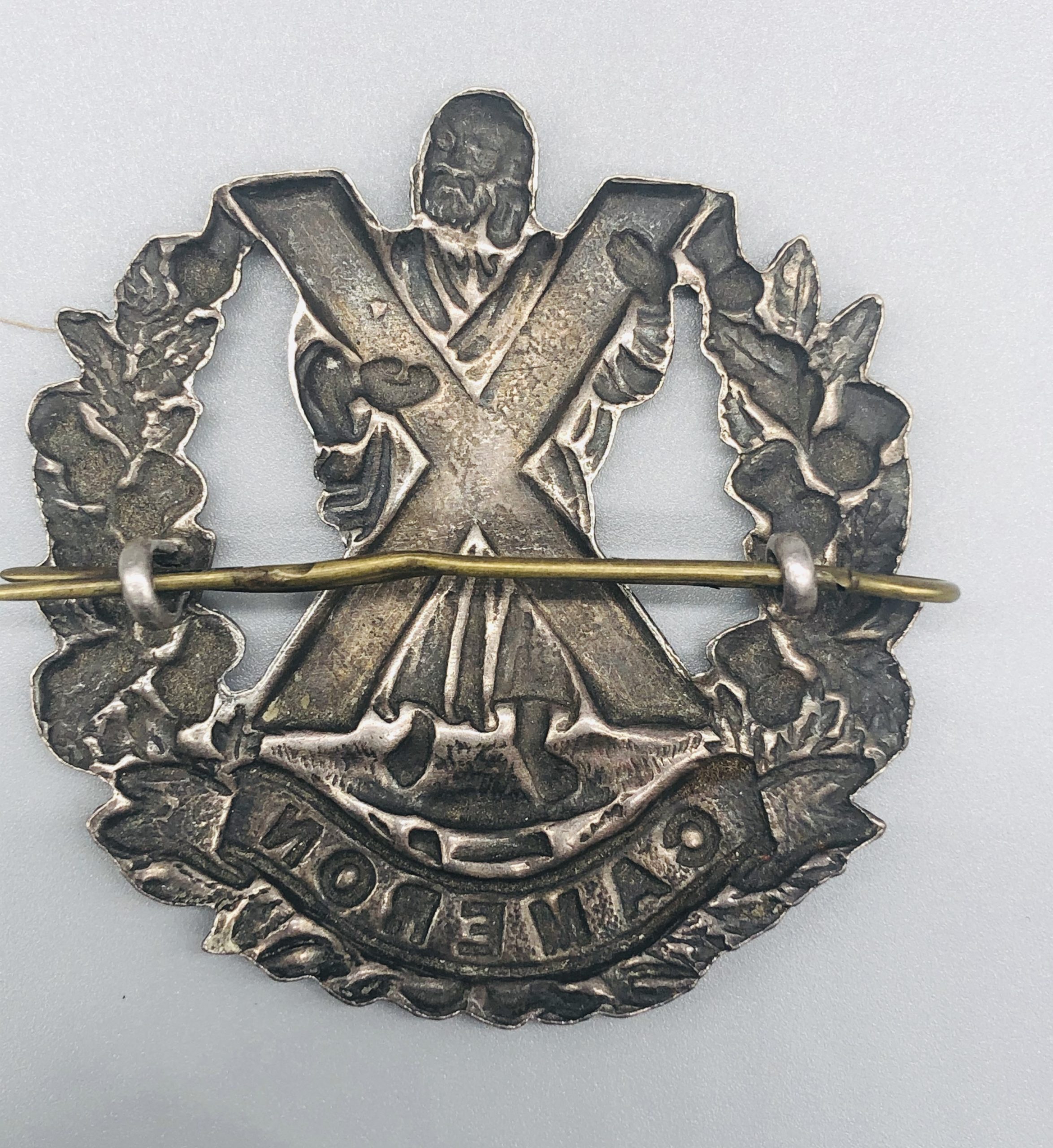Description
Queen’s Own Cameron Highlanders
The Regiment was formed during the height of the French Revolutionary Wars (1792-1802) by Sir Alan Cameron of Erracht in 1793. It was named after one of the most powerful Highland Clans at the time as the Cameronian Volunteers, but soon designated as the 79th Regiment of Foot (Cameronian Volunteers). The Regiment was then sent to the West Indies and remained at Martinique for 2 years, where it suffered terribly from disease, to such an extent that fit men were allowed to transfer to other Regiments and only 200 men returned to England in 1797.
In 1799 the regiment was part of the Helder Campaign during the War of the Second Coalition (1798–1802) and took part in the battle at Egmont-op-Zee. The campaign had two objectives: to neutralise the Batavian fleet and to promote an uprising against the Batavian government. The Anglo-Russian forces brokered a deal in order to evacuate from the peninsula after defeat at the Battle of Castricum (1799). The 79th were also part of a failed assault on the Spanish coast at Ferrol in 1800.
In 1808 the 79th Foot moved to Portugal and then Spain as part of the Peninsular War (1808-1814) fighting at the Battle of Corunna, The Battle of Busaco, The defence of Cadiz, The Battle of Fuentes d’Onor, The Battle of Salamanca, The occupation of Madrid, The siege of Burgos, The Battles of the Pyrenees, Nivelle, Nive, and The Battle of Toulouse. In 1815 the 79th formed part of the Duke of Wellington’s force at the Battle of Waterloo. During the battle the Regiment formed a square to repel the French cavalry and Piper Kenneth MacKay stepped outside the square playing the ancient tune of “Cogadh no Sith” (War or Peace) to rallying effect and by nightfall the Great Army of Napoleon had been destroyed.
In 1854 the Regiment served during the Crimean War fighting at the Battles of Alma and Sevastopol. The Regiment then moved to India to assist the Honourable East India Company in crushing The Indian Rebellion of 1857. The 79th took part in the recapture of Lucknow (1858) and then remained in India for 12 years. Upon their return the Regiment were stationed on the Isle of Wight and performed ceremonial duties for Queen Victoria, for which they were awarded the title ‘The 79th Queen’s Own Cameron Highlanders’.
In 1881 the Regiment was one of the few to escape amalgamation during the Childers Reforms, due only having one battalion, while the title 79th was dropped and the Queen’s Own Cameron Highlanders moved to Egypt as part of the successful Tel-el-Kebir remaining in Egypt until 1886. The Regiment then participated in the Boer War and fought at various battles including the fall of Pretoria, the Battle of Diamond Hill, the capture of Spitzkopf and the Battle of Nooitgedacht and returned to Scotland in 1904. The Regiment went on to serve during both WW1 and WW2.
In 1961 as part of the Defence Review the Cameron’s were amalgamated with the Seaforth Highlanders to form the Queen’s Own Highlanders (Seaforth and Cameron’s). In 1994 it was further amalgamated with the Gordon highlanders to become the Highlanders.





